Everyone’s always trying to build a better mouse trap, to find a better way of disposing of pests without poisoning non-pest critters (or people) or adding unnecessary chemicals to the environment. For example, New York City has been using dry ice to kill rats and mice in certain settings, and has also been deputizing unadopted stray and feral cats to kill the little vermin that plague the city’s streets – after they've been spayed or neutered, vaccinated, and given the chance to find an adoptive home.
While the dry ice approach works well in some contexts, “you can’t apply CO2 in a building; it’s really more for the outside,” says Lloyd Garten, the owner of Long Island-based Select Exterminating Co., on the use of dry ice to kill rats and mice in buildings. He points out that it cannot only be dangerous to residents, but that “CO's expensive; you need to transport it in a pick-up truck, and you need to be careful how you handle it.”
Of course, there are certain considerations and challenges with having a cat in the building to kill the rodents too. Feeding and cleaning up after them being the biggest of those.
Both dry ice application and marauding felines are ways to get rid of pests without the use of pesticides.“It’s a term called integrated pest management (IPM), which basically means you’re changing the environment; you’re using less pesticides, using sanitation and being very strategic,” says Garten. “There’s a lot of alternate ways of changing the environment so that it’s not conducive to pests.”
The Heat Method
For example, down in Florida, Scott Gosney, a commercial branch manager with Advanced Pest Control, uses heat to get rid of termites.
“Depending on the circumstances - and we’ve done quite a number of these in condos - we can get rid of dry-wood termites inside of cabinetry and walls using heat. There’s no fumigation involved - its just heat that penetrates the wood and kills the termites. The wood itself has to reach only 120 degrees, but it has to reach that temperature all the way through the wood. So we have to generate temperatures of 140 degrees and up to get it to that temperature.”
Gosney adds that heat was used successfully in California in the '90s. “Heat has been known to kill insects for decades,” he says. “It's the application of it that's the trick.”
Unfortunately, Garten doesn’t really feel that heat application is the best bet for vanquishing termites in New York. “I don’t think heat treatments are appropriate for termites in New York, but there are heat applications for treating bedbugs,” he says. “They’ll use big heating machines to raise the temperature for the apartment or house to 138 degrees, and that will kill the bedbugs.”
Other Alternatives
It’s not only about finding new ways to kill bugs and such, proper cleaning and sanitation can go a long way toward controlling and eliminating pests.
“Most of the esoteric things, the stuff that’s out of the norm, would be going the extra mile to clean, vacuum—for example we use HEPA vacs and steam machines to clean drains out. In certain situations we’ll use a HEPA to clean out closets that might have an moth, roach or mouse issue. Sometimes, in rare situations, you’ll essentially clean for the customer,” says Garten.
So when it comes to pest control, it’s not only killing a pest that’s important. Cleaning up after them can also be integral to not only making sure they don’t come back, but protecting the health of everyone in the building.
John Zurz is a staff writer for The Cooperator and other publications.



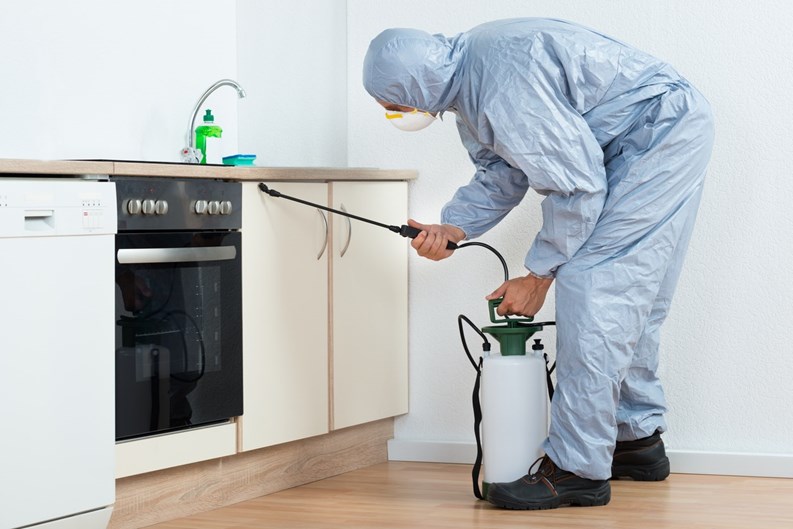


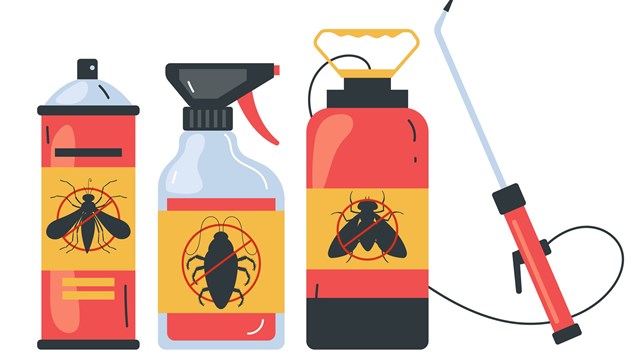
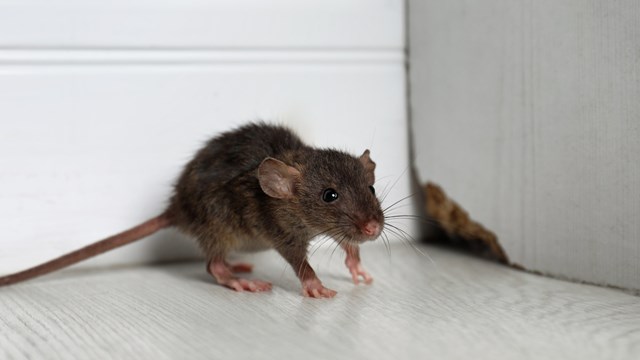
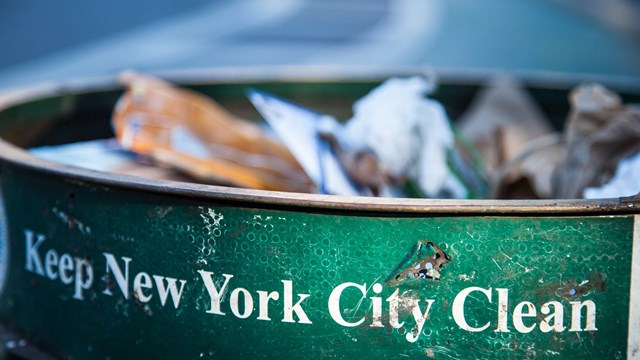
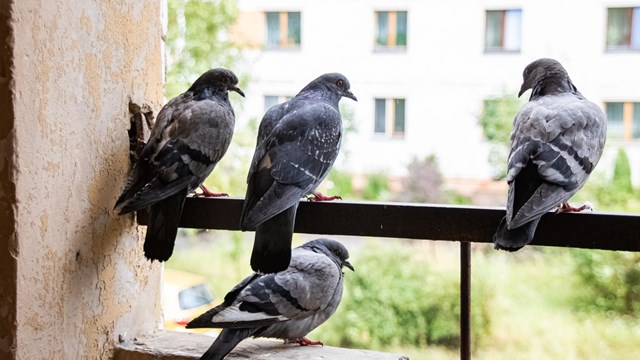
Leave a Comment